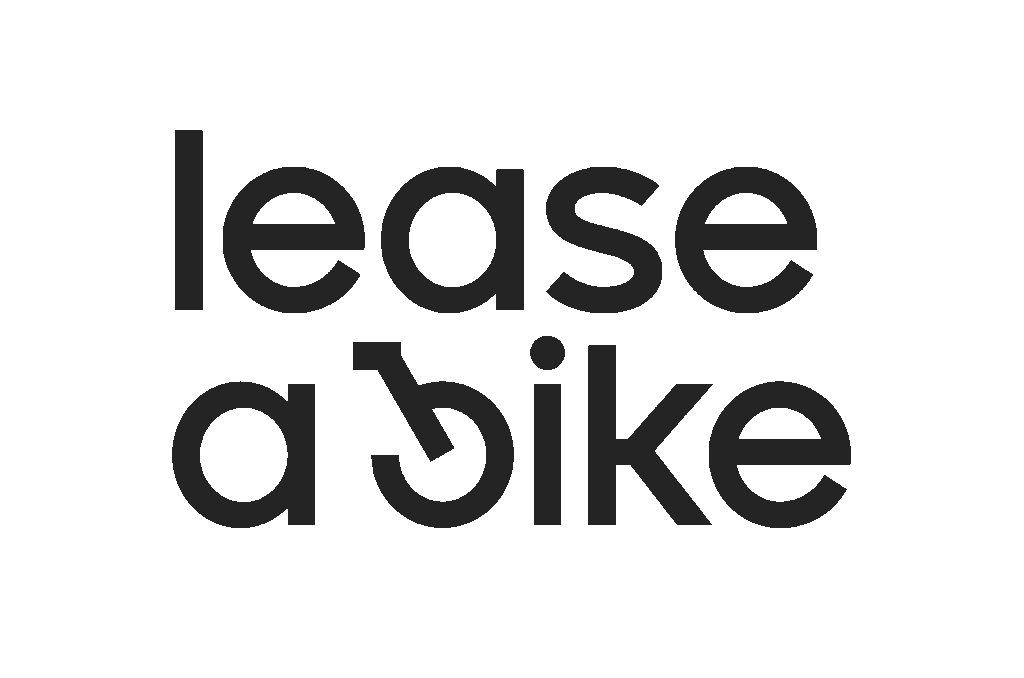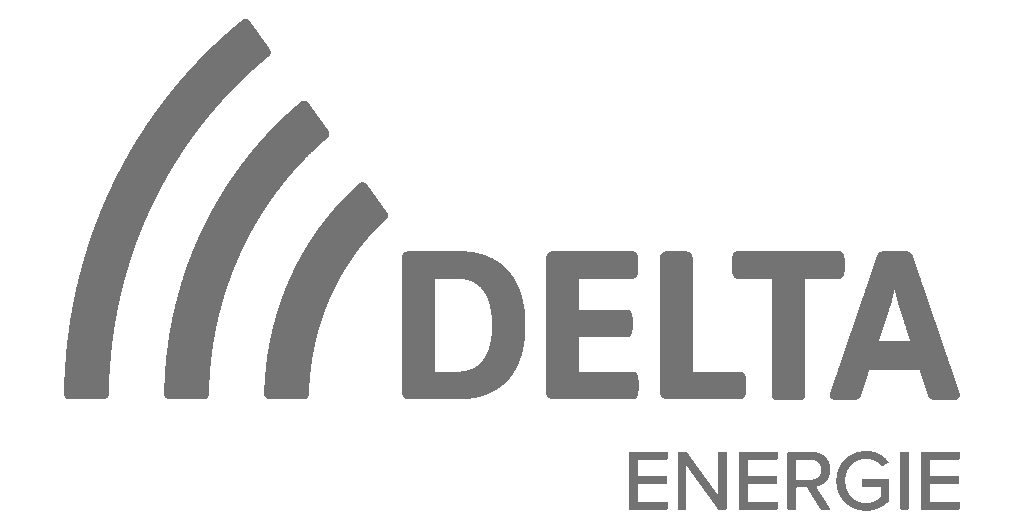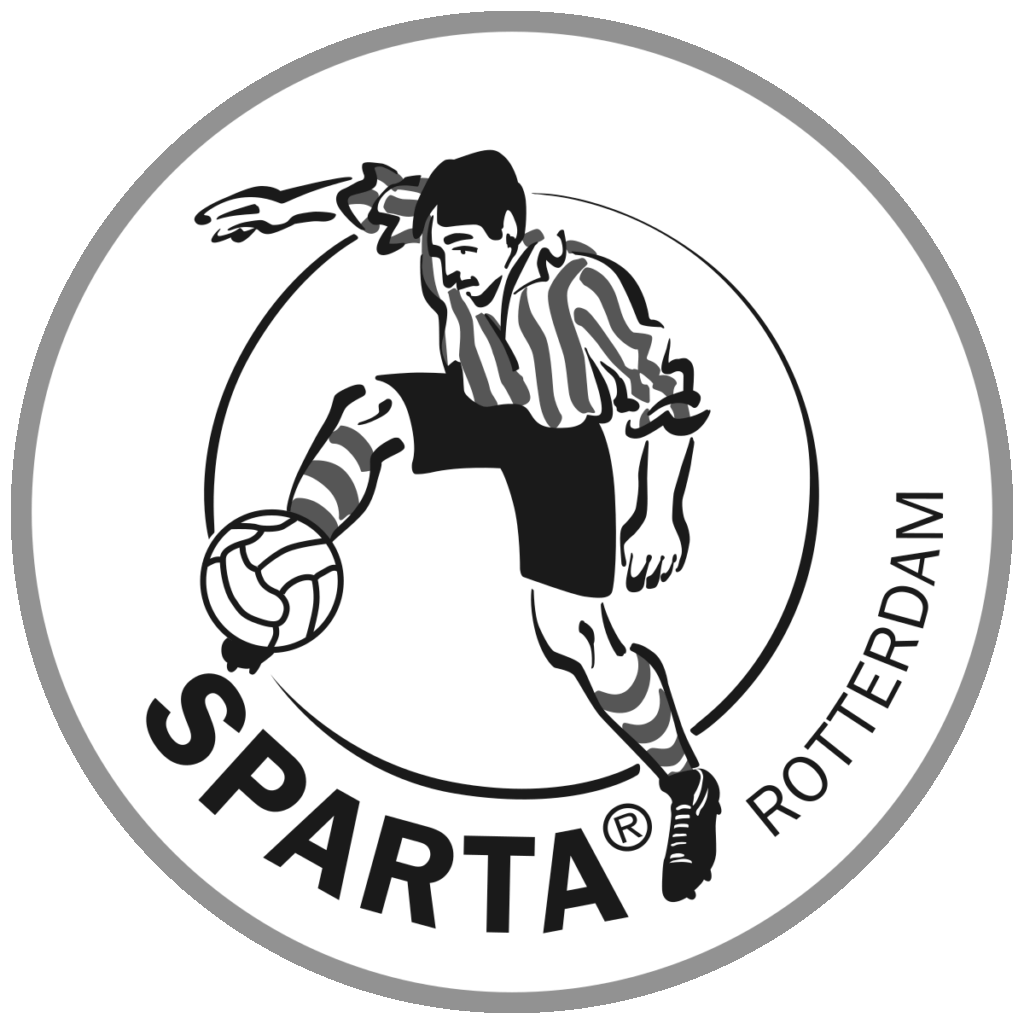Many companies invest heavily in lead generation, but forget one important detail: not every lead is a good lead. Without a clear strategy, you quickly end up in an endless stream of conversations that lead nowhere, or it remains painfully quiet after you have sent dozens of messages... A waste of your time as well as your budget!
At Leadto, we work every day on campaigns that do convert. Because increasing lead quality starts with a smart approach: targeting the right organisations, relevant timing and a clear proposition.
In this blog, you will read how to make the difference between 'just trying something' and actually getting results. With a smart conversion strategy that ensures more responses, better conversations and shorter sales cycles.
Six tips for a higher response rate
Too vague, too general or a lack of urgency. These are just a few examples of why a response to your e-mail fails to materialise. After all, a lead does not just respond. If you want to stand out in a crowded inbox, you need to offer real value. Thanks to our experience with lead generation in various sectors at home and abroad, we know better than anyone what works. Here are our tips for a higher response rate to your B2B e-mail:
- Personalised approach: Don't immediately start with your offer, but create recognition. "I saw that you are active in logistics. We recently helped a client in your sector with similar challenges."
- Timing is everything: Following up quickly significantly increases the chances of results. Ideally, respond within 15 minutes of an incoming enquiry. You can easily set this up with automatic alerts or CRM triggers.
- Concrete call-to-action: Vague closers like 'Love to hear if you're interested' don't work. Make it concrete. For example, write: "Fits tomorrow morning at 10:00 am for a short call?"
- Multi-step follow-up: Many leads respond only after the third attempt. Therefore, schedule 3-5 follow-ups spread over several weeks. This is guaranteed to increase your response rate.
- Use social proof: "We already work with [client name in their industry] and realised 40% more leads there with the same campaign."
- Keep it short and clear: A lead decides in seconds whether your message is relevant. The shorter and clearer your message, the more likely a response. Therefore, be concise and to the point. Basket.
A real-life example
In a recent campaign, we targeted commercial managers who have recently changed positions. In that transition phase, professionals are often extra motivated to make an impact, they are open to new solutions and they are looking for quick wins to prove themselves internally. This turned out to be a smart move, because with a personal message responding to that transition phase, we saw a response rate of 27% as well as direct appointments within a week.
Hotter appointments, shorter sales cycles
The 'warmer' an appointment, the faster you move from introductions to concrete follow-up steps. After all, you've already built a relationship so you know your offer is of value to the lead. But how do you ensure warmer appointments and shorter sales cycles?
- Establish a sharply defined CPI
Who is your ideal client? Think beyond sector and company size. For instance, also look at life stage, pain points and DMUs. - Prequalify leads
For example, let interested parties filter prior to the call with intake questions by role, need or budget. - Content as filter
Publish white papers or use cases that specifically appeal to your ICP and discourage others. - Appointments not automatic
Have leads scheduled only after a mini-intake. This way, you avoid 'cold' appointments and save your sales team time.
The larger an organisation, the longer it usually takes for a decision to be made. So in many cases, you will have a deal faster when you meet with executives of smaller companies. Want to achieve your ROI quickly and build long-term projects at the same time? Then it is smart to combine these strategies.
















